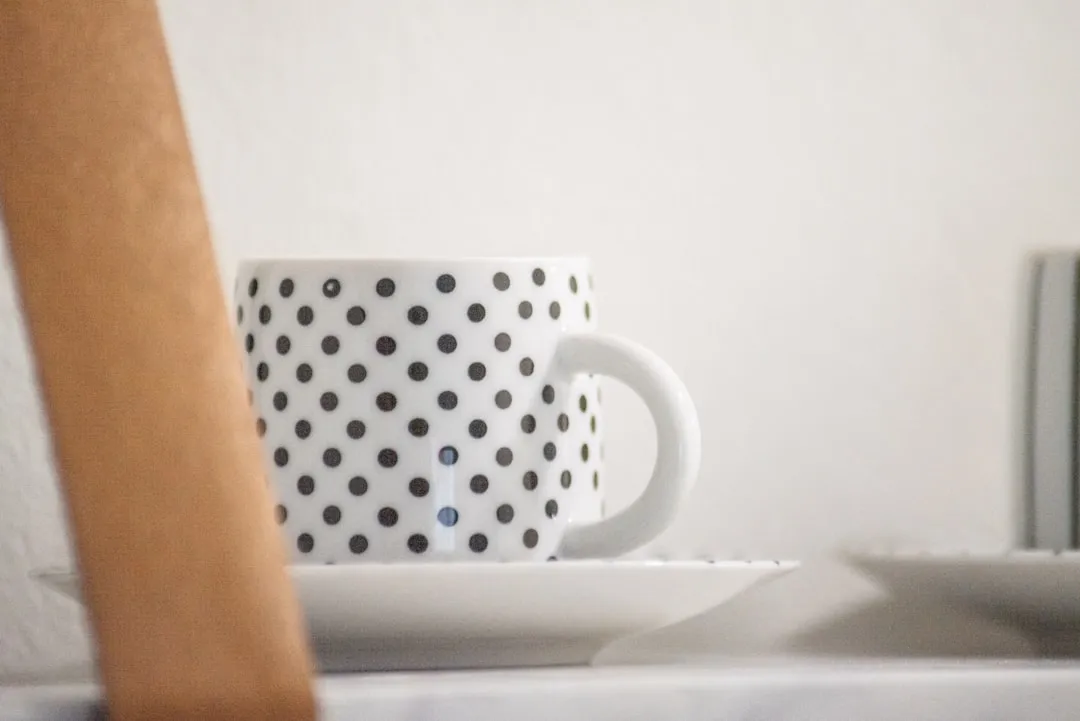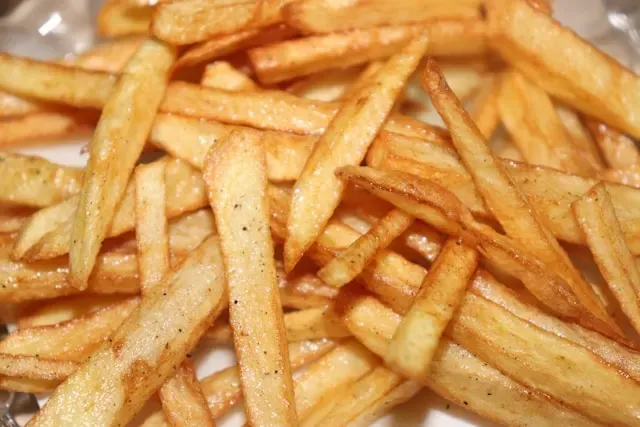A flat soda tastes awful. It's almost as bad as drinking a room temperature milkshake. Of course, you can always opt to buy single-serving cans or 20 ounce bottles, but that's always going to be more expensive than 2-liters.
The problem with 2-liter bottles of coke is that they get flat fast. For those of you with tons of money to blow, you could just get the Fizz Keeper cap, which adds pressure to carbonated drinks by pumping air inside that helps keep the dissolved gas from leaking out.
If you're the DIY type, you could always make your own version with a tire valve and use a tire inflater.
Even then, you run into the problem of having your friends laugh at you every time you pull out your Coke or Pepsi (or whatever). So, while opting for a product like that would probably work, the science behind it works with far inferior and cheaper methods.
Keep It Cold
The cooler it is, the better it will keep. Basically, in order to keep a dissolved gas in a solution longer, that solution must be as cold as possible. That's why cold soda is so much harder to chug when it's cool.
Lock It Up
ASAP. As soon as you open up your soda bottle, pour your drinks and put the cap back on immediately, screwing it on as tightly as you can.
Squeeze the Life Out of It
It may not be the prettiet method, but it definitely does the trick. After you pour some soda (maybe around 60 percent) out of the bottle you can squeeze the bottle to remove as much excess air as you can.

Now, why does this help you ask?
It's all about Henry's Law, which states that, "At a constant temperature, the amount of a given gas that dissolves in a given type and volume of liquid is directly proportional to the partial pressure of that gas in equilibrium with that liquid."
Yeah, totally makes sense right?
Pretty much, when you first buy a bottle of soda, the space above the liquid is almost pure carbon dioxide (CO2). So when you twist it, that hissing sound is the CO2 coming out. Now, if you leave a bottle half-full of soda sitting around, the CO2 will seep out much faster because of the lower amount of pressure and the larger amount of space above the liquid (soda).
So, by crushing the bottle, you in turn decrease the space above the solution and increase the amount of pressure inside the container.

Interesting fact: PepsiCo introduced the first two-liter bottle of soda in 1970.
Drink It!
This may be the most obvious thing to say, but expired soda just doesn't taste as good as the fresh stuff. Carbon dioxide and air can actually diffuse through the plastic, so no matter how tight your screw that cap on, there's always going to be some gas leakage.
Do you know of any other methods to keep your sodas from going flat? Let us know in the comments.


























Comments
Be the first, drop a comment!